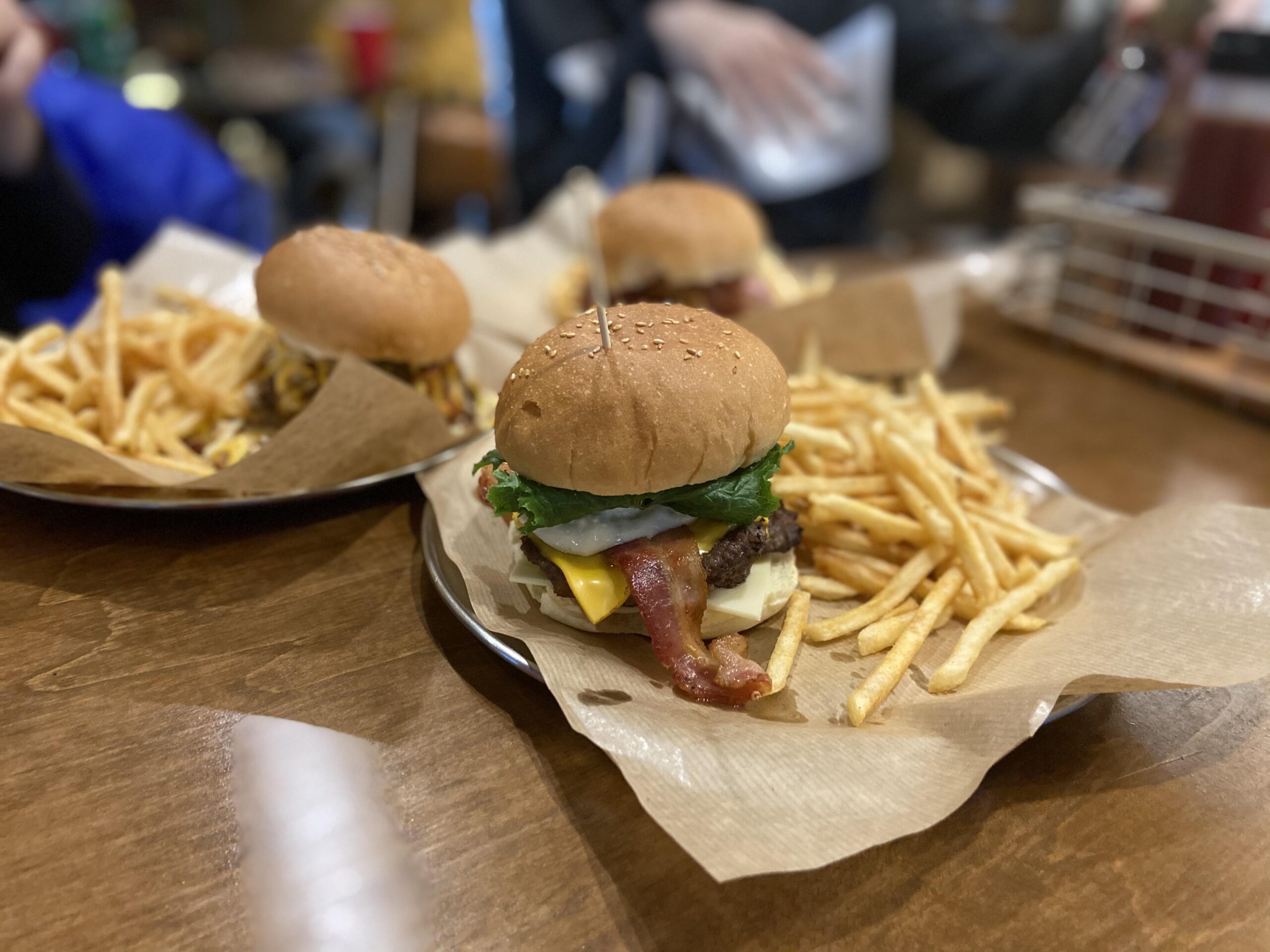
Bunshik Spots in Korea Explained: Affordable Comfort Food
Looking for fast affordable food? Then it’s time you learned more about bunshik spots in Korea. You can fill up without draining your wallet or taking a lot of time. Let’s learn more!
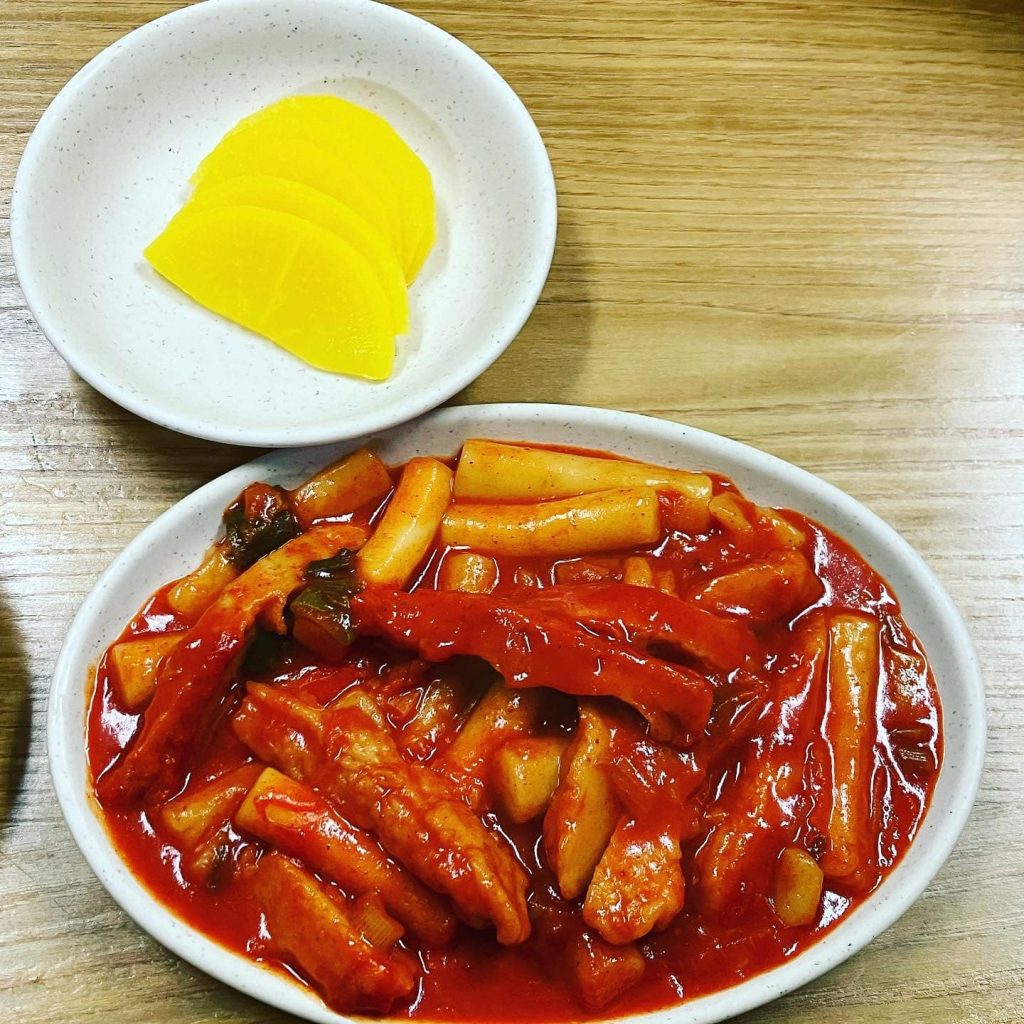
The Importance of Bunshik (분식)
Whether you’re a tired teacher who just finished work, a solo traveler looking for a cheap bite, a U.S. Military family hunting for a kid-friendly meal, or an international student grabbing lunch between classes, 분식 (bunshik) is here for you. This beloved category of Korean food isn’t just fast and affordable, but it’s packed with nostalgia, flavor, and culture.
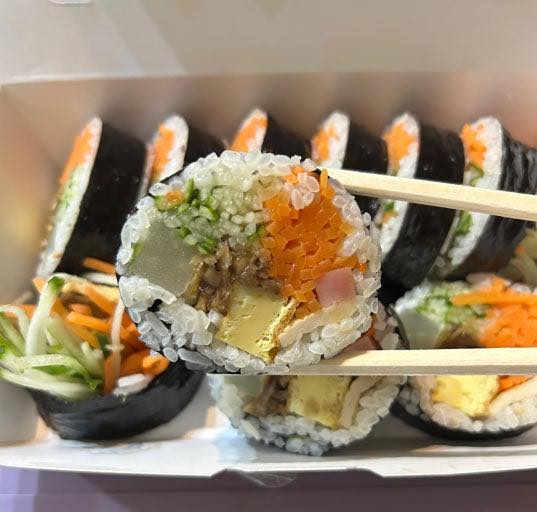
Let’s dive into why bunshik is one of Korea’s most reliable everyday meals, and how you can find the best spots near you.
What Is Bunshik?
Bunshik (분식) literally means “flour-based food,” but it’s come to refer more broadly to Korea’s most popular inexpensive meals. They often serve their dishes quickly and perfect for casual eating. Bunshik shops are informal eateries serving iconic Korean snacks and dishes such as:
- Tteokbokki (떡볶이) – Spicy stir-fried rice cakes
- Sundae (순대) – Korean blood sausage
- Kimbap (김밥) – Seaweed rice rolls
- Ramyun (라면) – Instant-style noodle soup
- Twigim (튀김) – Fried snacks like dumplings, sweet potato, and squid
- Odeng (오뎅) – Fish cake skewers in broth (also called Eomuk 어묵)
- Jumeokbap (주먹밥) – Rice balls
Some shops even offer upgraded options like cheese ramen, fried rice, or spicy rice cake hot pots for sharing.
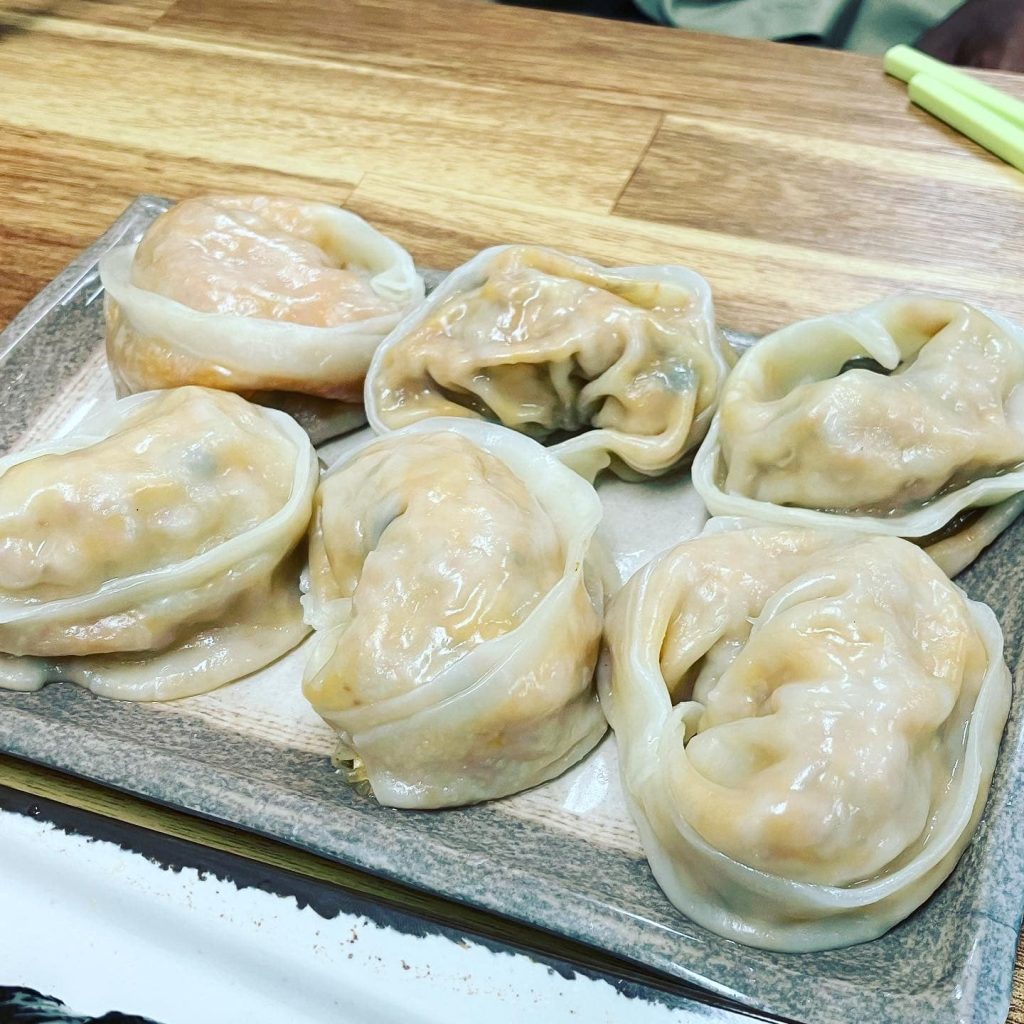
Bunshik vs. Convenience Store Meals
Surprisiginly, in 2025 many bunshik may offer more affordable meals than convenience stores. They certainly offer better tasting food. Let’s look at how they often compare.
| Category | Convenience Store | Bunshik Shop |
|---|---|---|
| Tteokbokki | ₩4,000–₩5,500 (microwavable) | ₩3,000–₩6,000 (freshly cooked) |
| Kimbap | ₩3,000+ (packaged) | ₩3,000–₩4,000 (hand-rolled to order) |
| Ramyeon | ₩2,000–₩3,000 (instant cup noodles) | ₩4,000–₩5,000 (hot and made to order) |
| Side Dishes | None | Included (pickled radish, soup, self-serve water) |
| Eating Space | Standing counter or none | Small dining area with tables and chairs |
| Value for Groups | Expensive when feeding multiple people | More affordable for families or groups |
| Freshness | Packaged or reheated | Made fresh when ordered |

For Kids, Students, and Busy Adults
Bunshik spots are a cultural cornerstone in Korea. They provide a culinary safety net for workers, kids, and those living on a budget. Therefore, such places often have the following characteristics:
- Walkable from schools, bus stops, and train stations
- Welcoming to students on their own
- Budget-friendly for families with kids
- Ideal for solo diners who want to grab something filling fast
- Excellent support for those with low-blood sugar who need a quick snack
In many ways, bunshik shops are the Korean equivalent of the American fast food joints or a traditional diner.

What Makes a Good Bunshik Spot?
Since you might be new to this kind of shop, let’s talk about how to know when you found a good one. Here’s how to spot a quality bunshik:
- Freshness: Tteokbokki that’s made in small batches, not sitting all day
- Balanced spice: Tteokbokki shouldn’t just be fiery — it should have flavor
- Crunchy twigim: Fried foods should be crispy, not greasy or soggy
- Made-to-order ramyeon: Cooked when you order, not pre-made
- Rice quality: Kimbap should be tightly rolled with seasoned, sticky rice
- Clean broth: Odeng broth should taste savory, not fishy or cloudy
Great bunshik shops also have quick service, affordable pricing (around 1,000–5,000 KRW per item), and often a self-serve station with pickled radish, water, and sometimes soup.
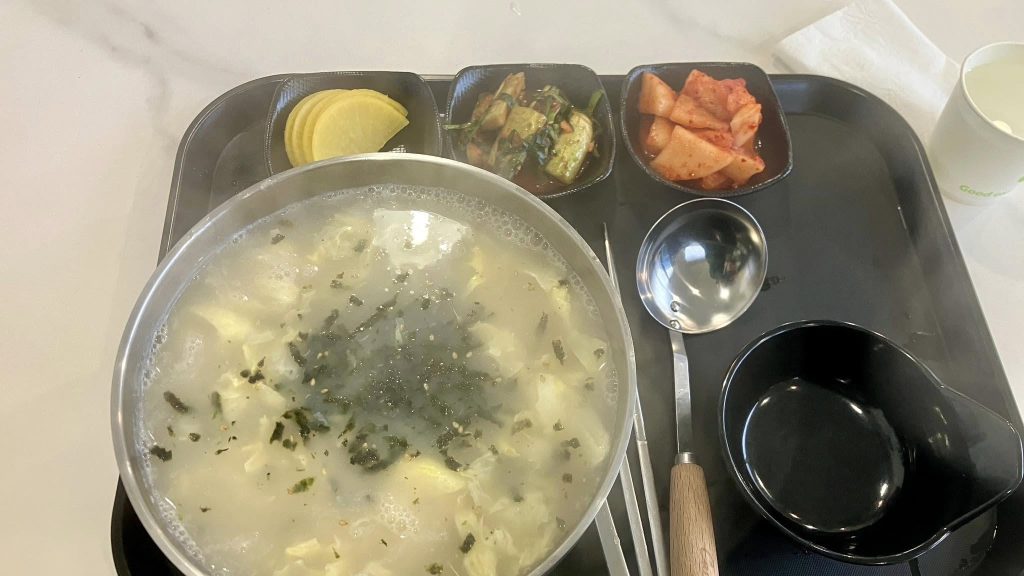
What to Say When Ordering
If you’re new to Korea, here are some basic phrases to help you order confidently:
- 떡볶이 하나 주세요. (Tteokbokki hana juseyo.) – One tteokbokki, please.
- 김밥 두 개 주세요. (Kimbap du gae juseyo.) – Two kimbaps, please.
- 포장 돼요? (Pojang dwaeyo?) – Can I get this to-go?
- 덜 매운 거 있어요? (Deol maeun geo isseoyo?) – Do you have less spicy options?
How to Find Bunshik Restaurants on Naver
To search for bunshik spots in Naver Maps or Naver Search, try the following terms:
- 분식집 (bunshikjip) – Bunshik restaurant
- 떡볶이 맛집 (tteokbokki matjip) – Tteokbokki hotspot
- 김밥천국 (kimbap cheonguk) – A popular chain (literally “Kimbap Heaven”)
- 라면 맛집 (ramyeon matjip) – Good ramyeon places
- 학교 앞 분식 (hakgyo ap bunshik) – Bunshik near schools (good for student-friendly shops)
You can also use phrases like:
- 동네 분식집 (dongnae bunshikjip) – Neighborhood bunshik place
- 저렴한 분식 (jeoryeomhan bunshik) – Cheap bunshik
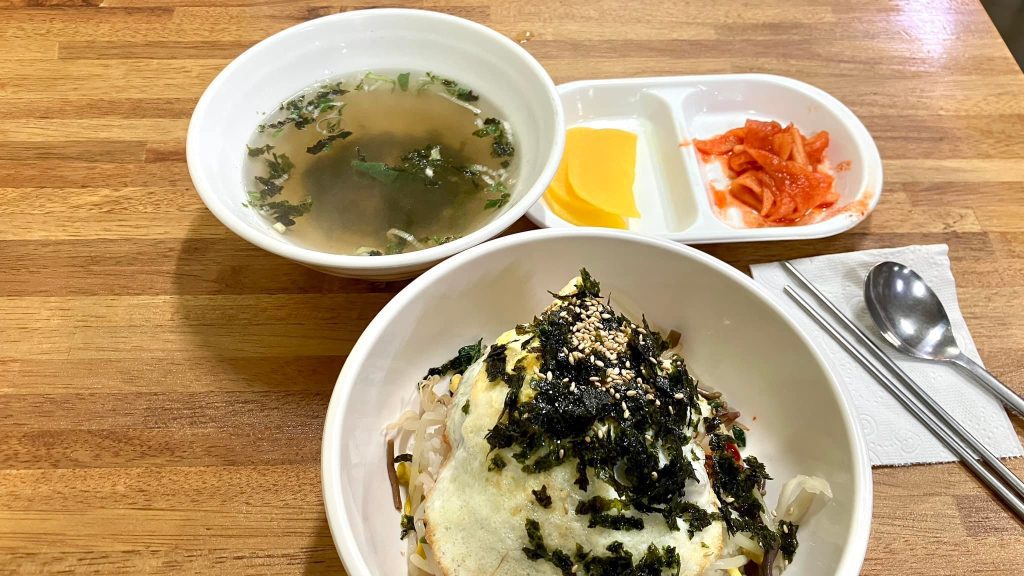
Options with Less Spice or Fish
For the picky eaters, here are some non-spicy and non-fishy bunshik items that might help you along the way.
| Item (Hangul) | English Name | Notes |
|---|---|---|
| 계란말이 (Gyeran Mari) | Rolled omelet | Usually made with eggs, carrots, and green onion. Mild and kid-friendly. |
| 라면 (Ramyeon) | Korean instant noodles | Most are spicy, but ask for non-spicy ramyeon (안 매운 라면 – an maeun ramyeon) or cheese ramyeon (치즈 라면) which softens the spice. |
| 김치 없이 볶음밥 (Kimchi-eopsi bokkeumbap) | Fried rice without kimchi | Many shops can make plain fried rice (egg, vegetables) if you ask. Use: 김치 빼고 볶음밥 주세요. (“Please make it without kimchi.”) |
| 군만두 (Gunmandu) | Fried dumplings | Usually filled with pork and vegetables. Ask if there’s no kimchi inside (김치 없이). |
| 감자튀김 (Gamja Twigim) | French fries | Found in some modern bunshik shops. Not traditional, but common now. |
| 공기밥 + 계란후라이 | Steamed rice + fried egg | Simple and sometimes available as a side combo. Not on every menu. |
| 갈비탕 (Galbitang) | Beef short rib soup | Clear broth with tender beef ribs and glass noodles. Rich but not spicy or fishy. Great for adults and kids. |
| 만두국 (Manduguk) | Dumpling soup | Light beef or anchovy broth with soft dumplings (mandu), often includes egg and green onions. Ask for beef broth only: 멸치국물 아니고 소고기 국물이에요? (“Is it beef broth, not anchovy?”) |
| 떡국 (Tteokguk) | Sliced rice cake soup | Usually eaten during Lunar New Year, but available year-round. Clear beef broth, not spicy or fishy. |
| 우동 (Udong) | Korean-style udon noodles | Mild broth with thick noodles and optional fish cake. Ask to omit fish cake: 어묵 빼주세요. |
| 떡만두국 (Tteok Manduguk) | Rice cake & dumpling soup | Comforting and mild. |
How to Ask for Mild or Non-Fishy Food
Here are some handy phrases:
- 안 매운 거 있어요? – Do you have something not spicy?
- 생선 안 들어간 거 있어요? – Do you have something without fish?
- 김치 빼고 해주세요. – Please make it without kimchi.
- 매운 거 못 먹어요. – I can’t eat spicy food.
- 생선 못 먹어요. – I can’t eat fish.
Chains vs. Family Owned
You’ll find famous chains like:
- 김밥천국 (Kimbap Cheonguk)
- 김밥나라 (Kimbap Nara)
- 바르다 김선생 (Bareuda Kim Seonsaeng) – Higher-end kimbap and bunshik
But some of the best spots are mom-and-pop bunshik shops tucked down side streets, often near schools, markets, or apartment complexes.
When to Go
Bunshik spots are open mostly during the daytime and early evening, perfect for lunch or an early dinner. Many close by 8 or 9 PM.
They’re often busiest:
- Around lunch (12:00–1:30pm)
- After school hours (3:00–5:00pm)
Bunshik Is for Everyone
You don’t need a reservation for bunshik spots in Korea. In fact, you don’t need to dress up. You just need an appetite and a few thousand won. Whether it’s your first week in Korea or your tenth year, bunshik is a welcoming, delicious slice of Korean life.
So next time you’re hungry and short on time, skip the convenience store and step into a local bunshik shop. You’ll walk out full, satisfied, and maybe just a little nostalgic.

Founded in 2015, the South of Seoul team consists of volunteers on three continents working together to support English-speaking people traveling or living in South Korea. South of Seoul volunteers work with organizations and individuals across South Korea to improve equitable access to information across South Korea. Much of South of Seoul’s information focuses on Pyeongtaek, Gyeonggi-do, South Korea.
Blogs published under the authorship of “South of Seoul” include blogs compiled by multiple volunteers to improve access to standardized information unrelated to individualized personal experiences.



